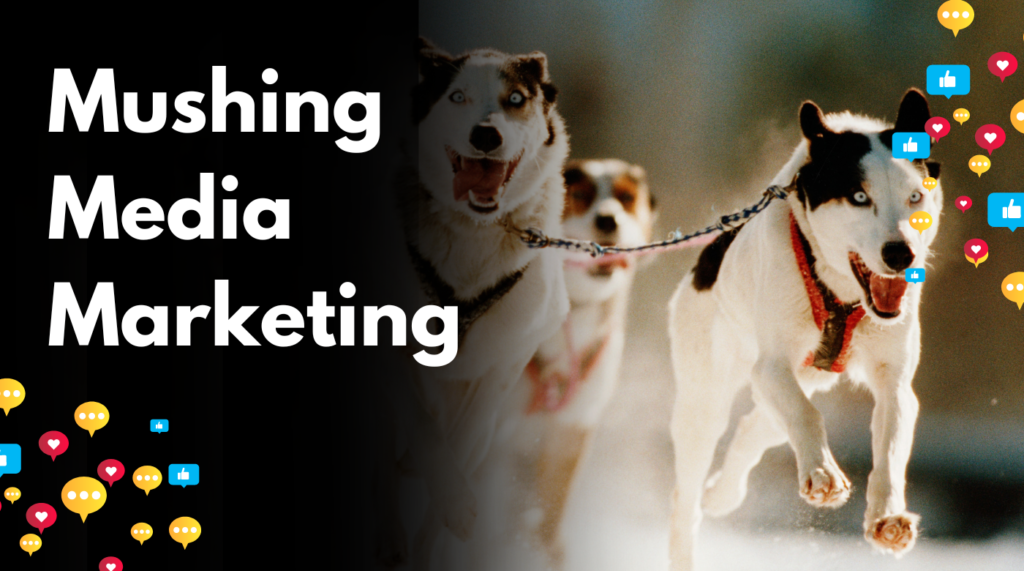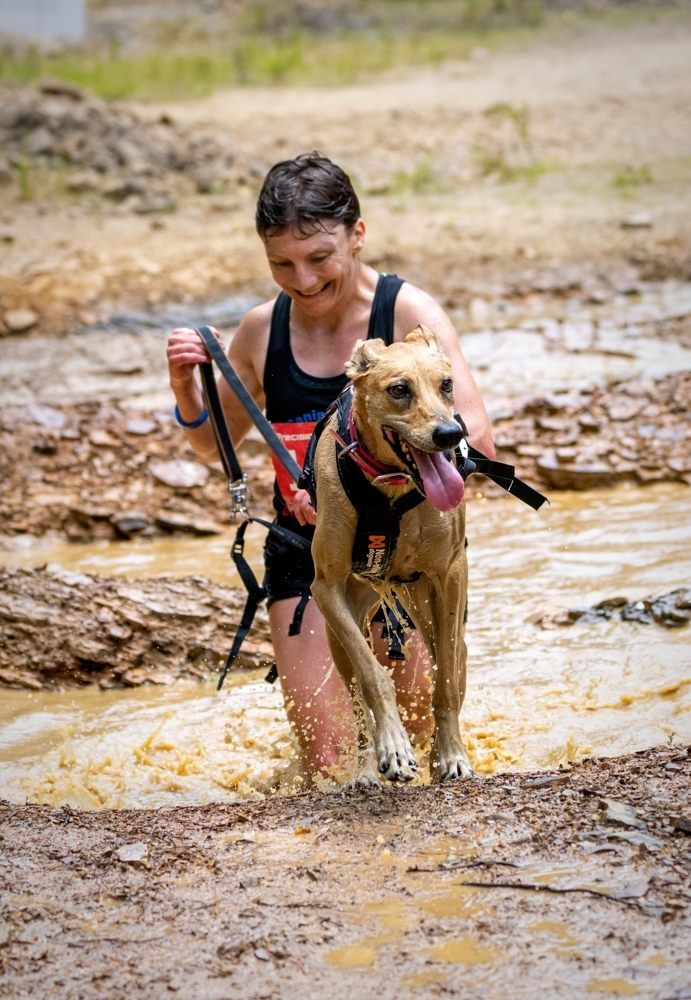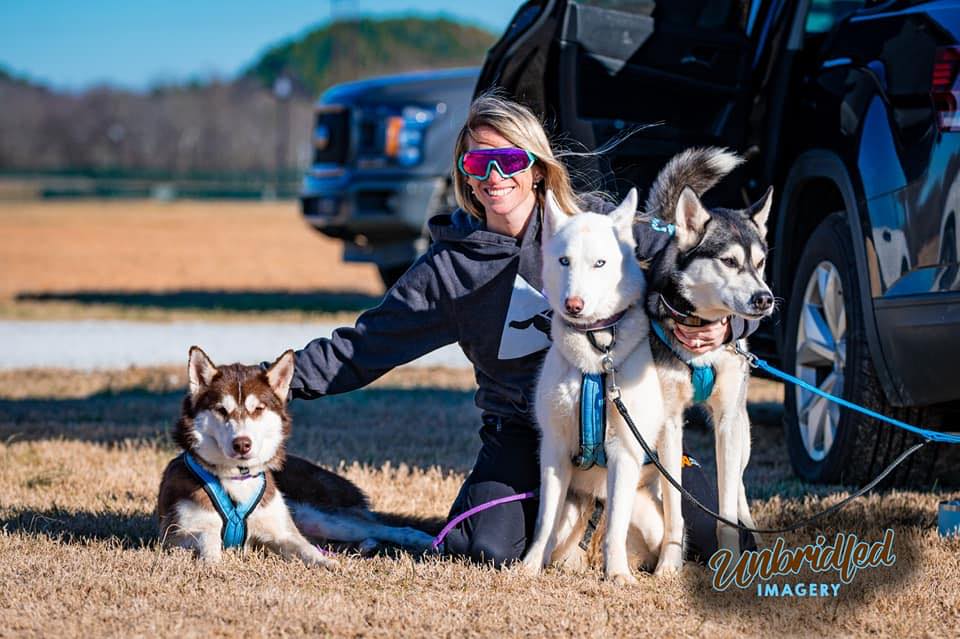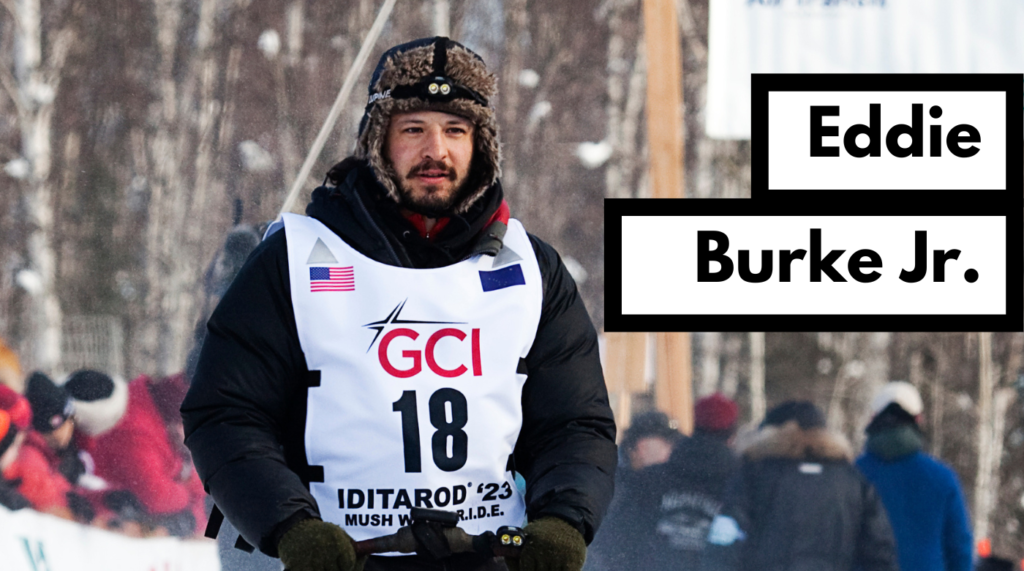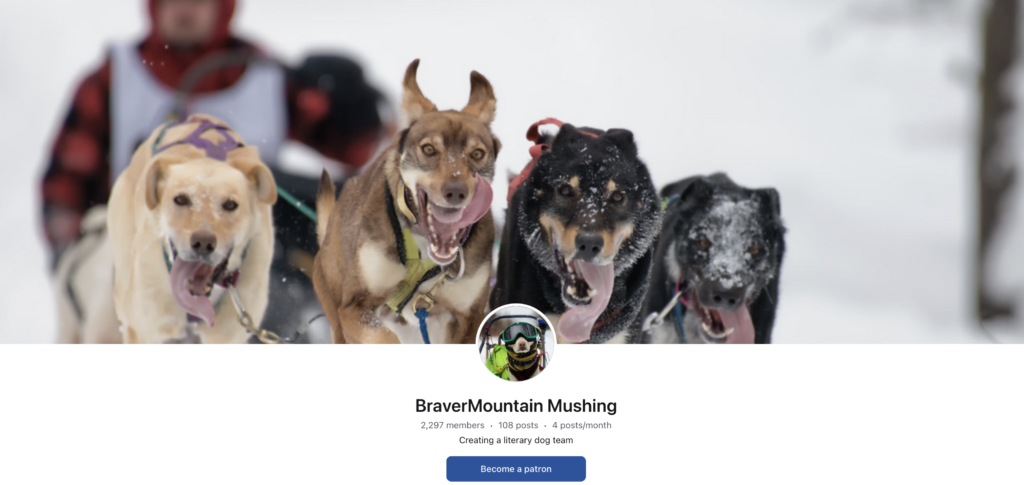You Record. We'll Take Care of The Rest
A full service solution to launching and producing your podcast.
We guide you through creating interview shows that drive revenue by connecting you with ideal prospects, referral partners and industry influencers in your niche.
Every time I think about Robert the public speaker I remember the first time I met him at Your Brand Radio. Espressole Cafe was a packed house when he approached the microphone with confidence. The moment he spoke changed the culture in the room. To the person, he had a captivated audience just from the professional and deliberate tone in his voice. I have seen nothing like it! Keep Robert in mind to speak at your function about dogs, training, running business or producing valuable content like radio shows!
David Sandusky
Robert is committed to being at his best every day and continues his education to continually provide his clients with the best, most cutting edge service possible. You’ll be glad you worked with him.
Traci Brown
Robert has been a breeze to work with! He has so much passion and pride in his business and how he offers his services to the community.
Molly Meek
Thank you Robert Forto for taking the time today for our coaching session! I am excited to apply the game plan for setting the foundation work to bridge the gap between social media and sponsorship opportunities.
Very excited to have you as a coach for our Team’s future!
Anna MarmanLumina
